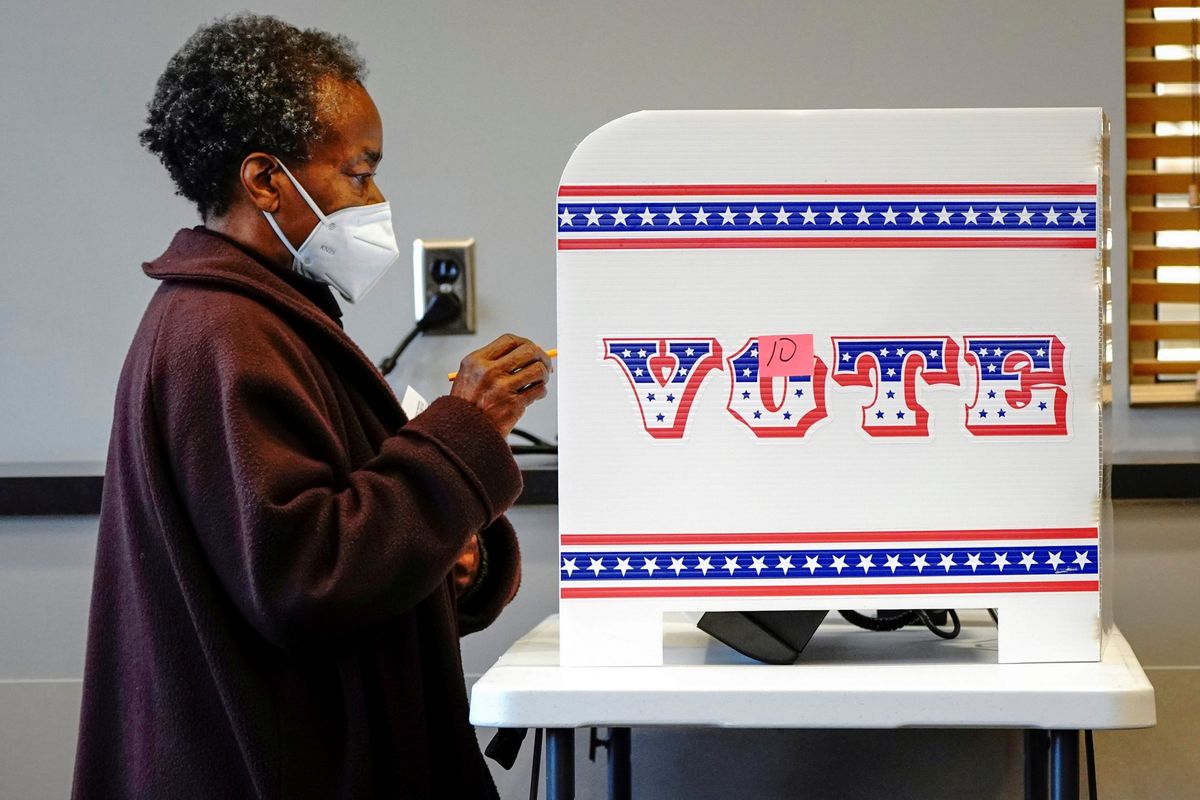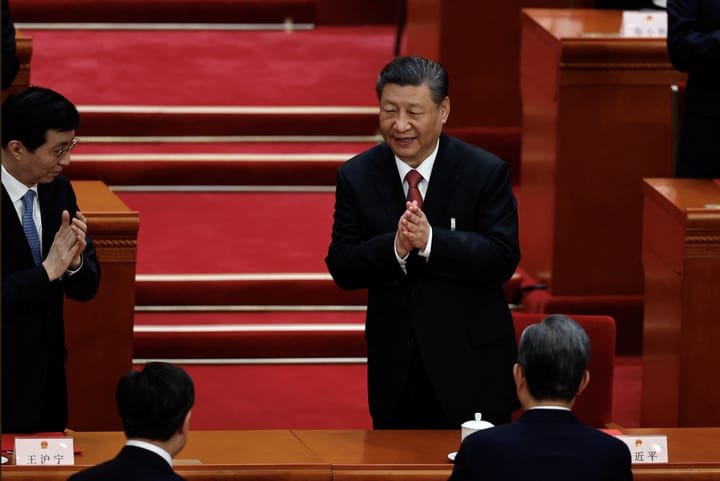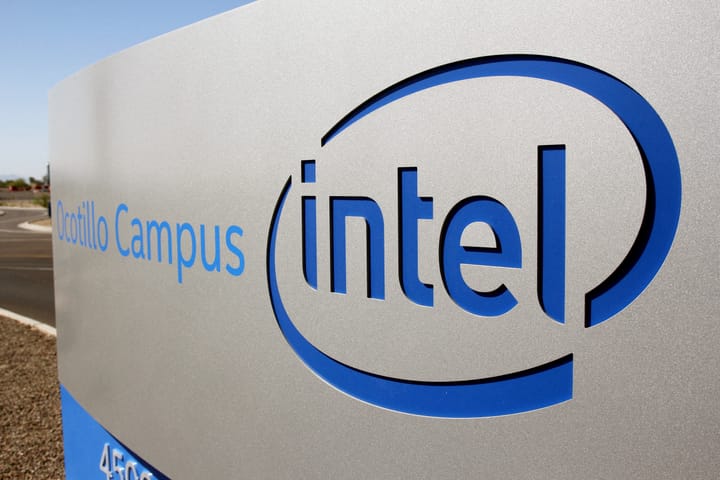What did third parties accomplish in 2020?

A few minutes every morning is all you need.
Stay up to date on the world's Headlines and Human Stories. It's fun, it's factual, it's fluff-free.
As in recent elections, both the Green Party and the Libertarian Party ran candidates they hoped would make an impact on the national stage. Other outsider candidates – including rapper Kanye West – also threw their hats into the ring.
Despite President Donald Trump and a slew of prominent Republicans challenging the results of the 2020 presidential election, it is clear that former Vice President Joe Biden will be the next president of the United States. Much can and will happen between now and January 20, 2021 when Biden is set to be sworn in, but for political journalists and pundits, much of that time will be spent on postelection analysis.
As the dust settles and the total vote count is finalized, much attention will turn to the effect, if any, third-party presidential candidates had on the election. As in recent elections, both the Green Party and the Libertarian Party ran candidates they hoped would make an impact on the national stage. Other outsider candidates – including rapper Kanye West – also threw their hats into the ring.
Here is an overview of which third-party candidates ran this year and what results they achieved.
The Libertarian Party’s Jo Jorgensen
The Libertarian Party, formed in 1971, often attempts to establish itself as the reasonable middle ground between the Republicans and Democrats. With a focus on personal freedom and small government, Libertarians tend to align with conservatives and the Republican Party, though the party’s official view that the government should not legislate abortion does differ from the GOP.
This year, the Libertarian Party nominated Jo Jorgensen for president and Jeremy “Spike” Cohen as her running mate. Jorgensen, who teaches psychology at Clemson University, has been a member of the party for decades and was the vice presidential candidate on the Libertarian Party’s ticket in 1996.
Though votes are still being counted in a number of states, there is little expectation that Jorgensen’s final total will differ much from where it stands at this moment. With nearly 148 million votes cast in this year’s election, the Libertarian Party ended up with 1.7 million votes, or less than 1.2% of the national popular vote. The party didn’t garner enough votes in any state to earn electoral votes.
In 2016, the Libertarian Party’s candidate, Gary Johnson, netted nearly 4.5 million votes for 3% of the popular vote.
The Green Party’s Howie Hawkins
The Green Party began in the 1980s as unaffiliated state parties before officially coalescing as the Green Party of the United States (GPUS) in 2001. The party is centered around environmental causes, though it also includes a focus on gender equality and respect for diversity in its platform. The party is firmly left of the Democratic Party.
This year, the Green Party nominated Howie Hawkins, the party’s co-founder, for president. Hawkins’s running mate was Angela Nicole Walker, who had also been the vice-presidential candidate in 2016.
With the caveat, once again, that votes are still being counted, the Green Party had little impact in the 2020 election, topping out at less than 350,000 total votes. That equals barely .2% of the popular vote.
Like the Libertarian Party, the Green Party’s showing in 2020 represents a substantial step back from its performance in 2016. That year, the party’s presidential nominee, Jill Stein, received nearly 1.5 million votes, or slightly more than 1% of the popular vote.
Kanye West’s Birthday Party
On July 4, the hip-hop icon and fashion mogul, Kanye West, announced he was running for president. The announcement was met with a mix of mockery and skepticism by many. Some accused West of merely attempting to siphon votes away from Biden to help Trump, whom West has publicly praised. Meanwhile, his wife, Kim Kardashian West, suggested it was a manifestation of his bipolar disorder.
Despite failing to launch his presidential campaign in time to appear on ballots in all 50 states, West insisted his candidacy was sincere. Calling his political party the “Birthday Party,” West worked with Republican operatives to get his name on the ballot in 12 states. His running mate was Michelle Tidball, an entrepreneur who has worked as a music producer and life coach.
West’s efforts earned a total of 63,000 votes, which is less than .05% of the total popular vote. Other third-party candidates that earned more votes than West included Roque De La Fuente for the Alliance Party (71,000 votes) and Gloria La Riva for the Party for Socialism and Liberation (66,000 votes).
The impact of third parties in 2020
When former Secretary of State Hillary Clinton lost to Trump in 2016, much attention was given to her performance in three states: Michigan, Pennsylvania and Wisconsin. Those three states, which all went to Biden this year, were won by a collective 80,000 votes. The combined Libertarian and Green Party votes in all three states far surpassed those totals.
Jill Stein has been blamed by some Democrats for Clinton losing the 2016 election. This is based on the assumption that Green Party voters would have otherwise voted for the Democrat. In Michigan, Stein received 50,700 votes and Clinton lost by 10,700 votes. In Pennsylvania, Stein received 48,900 votes and Clinton lost by 46,800 votes. In Wisconsin, Stein received 31,000 votes and Clinton lost by 22,100 votes.
This year, the Green Party’s meager showing likely didn’t hurt Biden in any states.
After third-party vote margins helped Trump in 2016, though, this year it appears the Libertarian vote could have hurt Trump. The Libertarian Party’s strong showing in Georgia, in particular, may have tipped the generally Republican state to Biden. However, the second-choice candidate for Libertarian voters wasn’t necessarily Trump, so the comparisons to 2016 aren’t as cut and dry.
Whether third-party voting had an impact on the election outcome, none of the third-party candidates performed as well as they must have hoped.
A rule set up by the Federal Election Commission guarantees a portion of public funds to third (or minor) parties who receive between five and 25% of the popular vote. Most years, third-party candidates know they are all but certain to lose the election, but the secondary goal is reaching that 5% minimum threshold to get funds in the following election.
All third parties fell short this year, though that isn’t much of a surprise. The only third-party candidate to break the 5% threshold in modern history is Ross Perot in both 1992 (19%) and 1996 (8.5%).
Have a tip or story? Get in touch with our reporters at tips@themilsource.com




Comments ()